Contents
Exhibitions
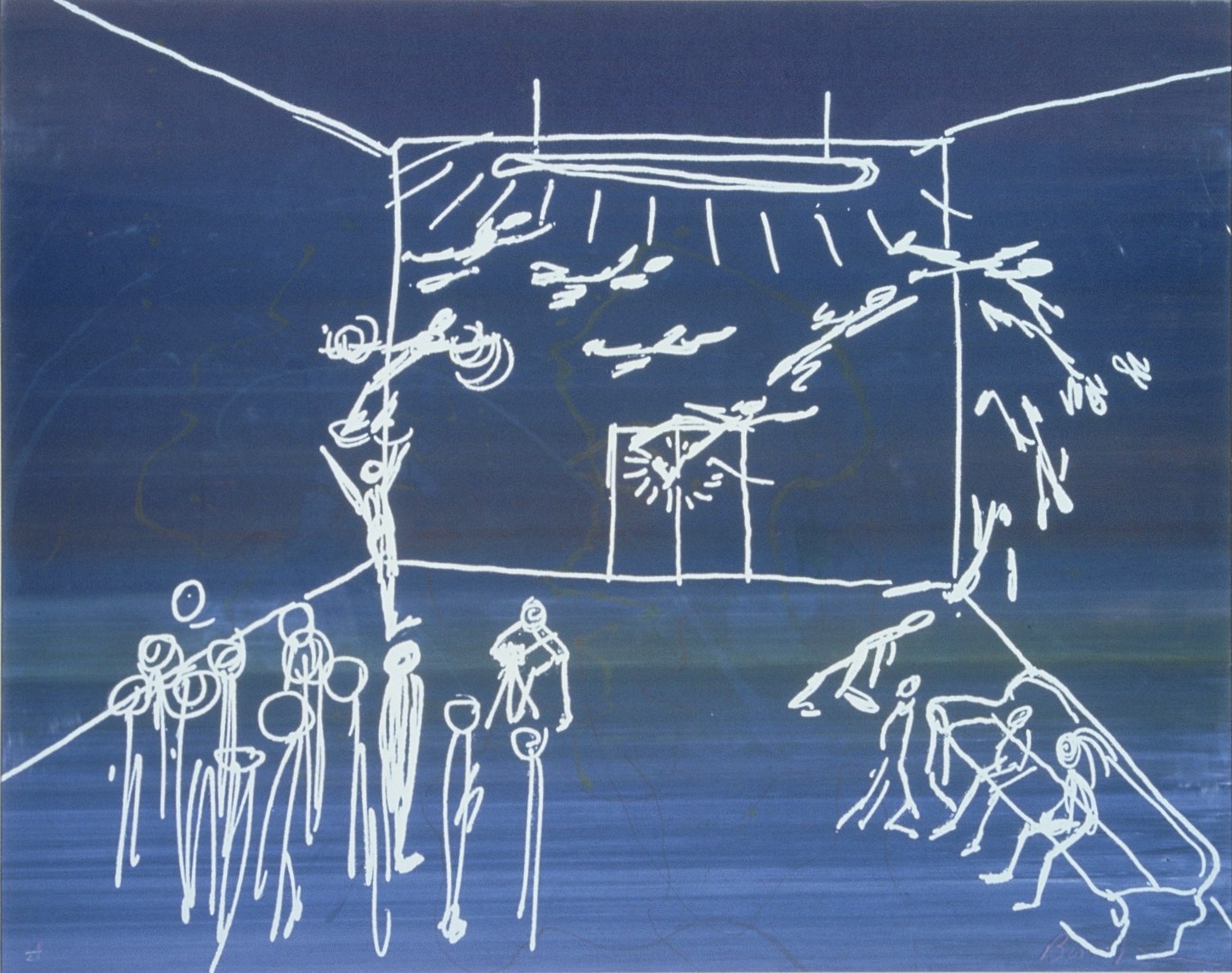
Träumerei
Dates : Saturday, July 12, 2025 – Monday (national holiday), January 12, 2026 *Closed on Thursdays (except the month of August)

We dream not only when we sleep, but also when we are awake or even while taking a walk. Our perception of things—colors, sounds, weight, temperature—can vary greatly despite the general consensus on their existence. For someone to whom something good happens, the world seems brighter. To another who is sad, the sound of nearby voices seem far away. The mutual effects that feelings and our senses have on each other cannot be denied, but like dreams, they can be vague and elusive and thus hard to convey.
Dreaming is not exclusive to the realm of sleep. It is the state one falls into when captivated by a beautiful landscape or melody, or when immersed in a novel, movie or play. For us who travel seamlessly between the worlds of digital screens and of flesh and blood, the distinction between “real” and “non-real” may no longer make sense. “Reality” has no objective existence; rather, it is what our senses ‘confirm’ to be real. Reality might likened to a continuous stream of dreams that are unveiled to as we go along.
Many attempts have been made by artists to express the elusive, resulting in new ways of seeing. At the museum, it is the role of the curator to awaken artworks slumbering in storage. But what dreams or “träumerei” they inspire are ultimately up to the individual viewer. Hopes, ideals, illusions, the unconscious, sleep: these are the keywords that lie behind this exhibition and its attempt to throw light on artworks through the multifaceted, enigmatic and yet familiar phenomenon of “dreams” and “dreaming.”
What is “Träumerei”?
It is a German word meaning “dreamlike” or “dreamy.” It is a word strongly associated with the piano composition of the same name by the Romantic composer Robert Schumann, the seventh in the collection Scenes from Childhood, which was famously inspired by the memory of a letter from his lover in which she described him as being “child-like.” The essence of the word is conveyed within the work’s gently repetitive, slowly ambulating melody, like a light that gently falls from the sky, the feeling of longing in the heart, a moment of hesitation or the soaring feeling of aspiration.
Featured Works (slated)
Galleries A, B and C: Masako Ando, Karel Appel, Arman, Jonathan Borofsky, Francesco Clemente, Jan Fabre, Yukio Fujimoto, Leiko Ikemura, Mika Kato, Anselm Kiefer, László Lakner, Robert Mapplethorpe, Kae Masuda, Aiko Miyawaki, Yasumasa Morimura, Hitoshi Nakazato, Yoshitomo Nara, Kohei Nawa, Shinro Ohtake, Jules Olitski, Sigmar Polke, Mark Rothko, Eiichiro Sakata, Wilhelm Sasnal, Tokihiro Sato, Cindy Sherman, Pierre Soulages, Gerardo Suter, Francesca Woodman, Miwa Yanagi, Tadanori Yokoo, Tomoko Yoneda
Kankai Pavilion (until September 3): Carl Andre, Jae-Eun Choi, Kano Eitoku, Kano Naganobu, Kano Takanobu, Izumi Kato, Kano Tan’yu, Xu Lin, Hitoshi Nomura, Hiroshi Sugimoto, Yoshihiro Suda, Shigeo Toya
*Work appearing in public for the first time: Artist unknown, Kengaku Hoshi Emaki (copy book) (part), Edo period, handscroll, sumi ink and color on paper
Permanent Installations/Outdoor Installations
Yayoi Kusama, Mirror Room (Pumpkin) /Yoshitomo Nara, My Drawing Room /Tatsuo Miyajima, Time Link /Yasumasa Morimura, Rondo (Twins) /Tabaimo, Midnight Sea /Yasuhiro Suzuki, Bench of the Japanese Archipelago / Lee Ufan, Relatum / Andy Warhol, Campbell’s Tomato Soup / Olafur Eliasson, Sunspace for Shibukawa /Jean-Michel Othoniel, Kokoro and others
The List of Works (~9/3)
The List of Works (~11/5)
The List of Works (11/7~1/12,2026)
Workshop
Hiroko Enomoto: Take a breather
September to November 2025
This event will be offered several times during the exhibition period. Please check the museum website for dates and other details.
Take a breather is a workshop for “relaxed plant observation.” It was jointly conceived by Hara Museum ARC and Hiroko Enomoto, an artist from Gunma whose work and activities use everyday events to explore themes of weakness and vulnerability and the process of healing therefrom. In a corner of the museum garden dotted with sculptures, participants will gaze at flowers and plants, then record their observations in a somewhat quirky “plant journal.”
“As I spent more time in gardens, I began to grow plants myself, and before I knew it, my days of ennui eventually came to an end,” the artist relates. This workshop invites participants to experience in their own way what led to the artist’s creative epiphany, while enjoying a soothing relaxation of both mind and body.
Profile
Born in Gunma where she currently lives and works, Enomoto received an MFA in painting at Joshibi University of Art and Design in 2011. She uses human connections and daily events as her subject matter in works that explore such themes as weakness, vulnerability and the recovery therefrom. Her past exhibitions include Memories of Gardens/Restoration of Land (Art&Garden NEKOZE, Oita, 2023), CRITERIUM 99 Hiroko Enomoto (Contemporary Art Center, Art Tower Mito, Ibaraki, 2022) and The Garden Here (YUI-PORT, Niigata, 2022).
http://hirokoenomoto.com
Schedule of Events
Summer Vacation Workshop
①Let’s Make Art Fans Using a Wax-Resist Method!
Instructor: Natsuki Otake (dye artist)
Date: July 19 (Saturday)
Fee: 2,500 yen
②Let’s Make Art Fans!
Date: July 20 (Sunday), 21 (Monday/national holiday)
Participation fee: 500 yen
Open-view Storage Guided Tour
Date and time: August 2 (Saturday), 11:00
Duration: approx. 60 min.
Participation fee: 1000 yen
Capacity: 5
*This normally members-only event is open to the general public as well.
Guided Tour by the Curator in Charge
Date and time: August 2 (Saturday), 14:00
Duration: approx. 60 min.
Participation fee: 500 yen
Capacity: 10
Free for museum members.
Guided Tour of Outdoor Works
Date and time: September 27 (Saturday), 11:00
Duration: approx.60 min.
Participation fee: 500 yen
Capacity: 10
Free for museum members.
Interactive Art Appreciation Session
(Cooperation: Interactive Art Viewing Lab)
Date and time: November 8 (Saturday), 11:00 Duration: approx. 60 min.
Participation fee: free
Capacity: 10
20th Anniversary of Tatsuo Miyajima’s Revive Time Kaki Tree Project
A second-generation sapling from first-generation atomic bomb survivors was planted in the garden of our museum in 2005 as part of the Revive Time Kaki Tree Project. As this year coincides with the 20th anniversary of this project, plans are being made to commemorate the occasion.
Revive Time Kaki Tree Project
Free Admission for Educators
Teachers at any educational facility will be admitted free of charge from July 21 (Monday/national holiday) to 27 (Sunday).
* Except July 24 (Thursday) as the museum is closed.
* Reservations required. This service is for teachers and staff who are considering using the museum for school events such as field trips and extracurricular activities. Please email us in advance with the details about your interest.
arc@haramuseum.or.jp
Note: Please check our website for the latest details regarding events.
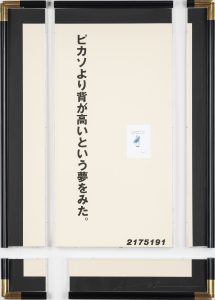

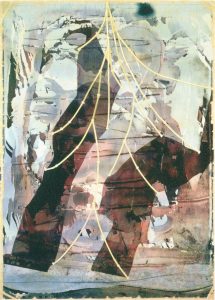
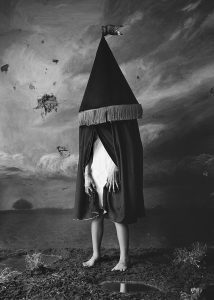
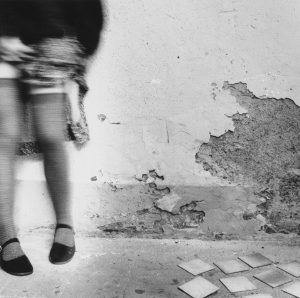
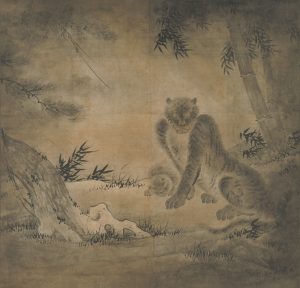
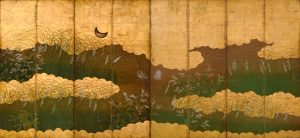
-300x94.jpg)
- Hours
9:30 am – 4:30 pm (admission until 4:00 pm)
- Closed
Thursdays (except the month of August)
*Closed in winter from January 13, 2026 to mid-March- Admission
General 1,800 yen, 70 and over 1,500 yen, University and high school students 1,000 yen, Elementary and junior high school students 800 yen